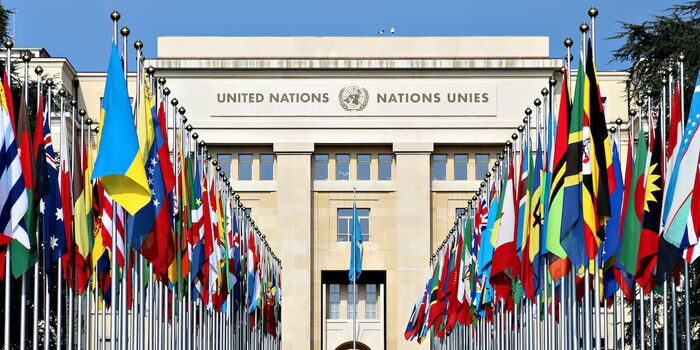Kenya is set to face an increased risk of food insecurity in 2025, a new study has revealed.
The Hunger Hotspots: Food Agriculture Organization (FAO)/World Food Programme (WFP) Early Warnings on Food Insecurity report has indicated that Kenya is set to be a hunger hotspot in 2025 as it faces an increased risk of enduring famine from October 2024 to March 2025.
According to the report, the famine can be attributed to various causes such as conflict, economic crisis and climate shocks- particularly the La Nina weather phenomenon.
Weather agencies have warned that La Nina is likely to disrupt rainfall patterns that will hinder farming practices across areas that have been marked as hunger hotspots. In Kenya, La Nina would lead to drier than average conditions.
A picture of emaciated cows due to ravaging drought in Kenya
File
“An increased likelihood of below average rainfall from October to December 2024 linked to La Nina, could exacerbate food insecurity in Kenya. This comes amid a slow recovery from the 2020-2023 drought followed by record flooding in late 2023 and early 2024,” the report read in part.
Conflict and insecurity have also been pointed out as causes of the incoming food shortage. Demonstrations and ferity related to non-state groups and pastoralist militias are seen as the key factors driving up the conflict.
The report shows that the number of Kenyans who are set to heavily bear the brunt of the crisis and experience acute food shortage is set to increase. The affected Kenyans mostly hail from arid and semi-arid areas of the country.
“An estimated 1.7 million people in arid and semi-arid lands of Kenya are projected to face crisis or worse levels of acute food insecurity between October 2024 and January 2025, compared to 1.5 million the same period one year before,” the report revealed.
Kenya is not the only country that will face a food shortage. The report disclosed that 22 countries in total are at risk for increased food insecurity levels in the coming year (2025).
“For the outlook period of November 2024 to May 2025, the Food and Agriculture Organization of the United Nations (FAO) and the World Food Programme (WFP) are issuing an early warning for urgent humanitarian action in 16 hunger hotspots, covering a total of 22 countries/territories, including two regional clusters spanning eight countries,” the report stated.
Most of the countries are in Africa. Other countries such as Haiti (Latin America & Caribbean), Gaza and Palestine (Middle East) represent other regions of the world.
The UN has highlighted five countries that are at the highest risk of facing acute levels of food insecurity and has called for immediate humanitarian action. “Catastrophic levels of acute food insecurity bordering on starvation are expected to impact hundreds of thousands of people in coming months, driven principally by conflict. Five hunger hotspots are of particular concern: Haiti, Mali, the Occupied Palestinian Territories (OPT), South Sudan and Sudan,” UN agencies noted
Women and children lining up for relief food in 2019.
The conversation

























